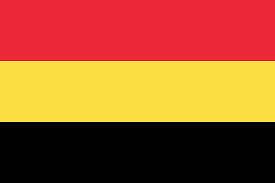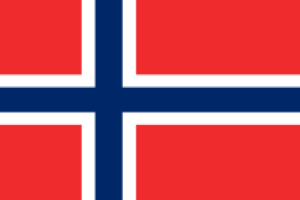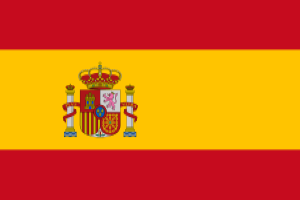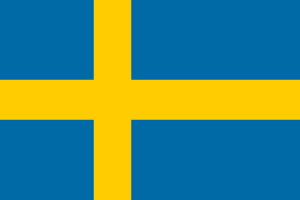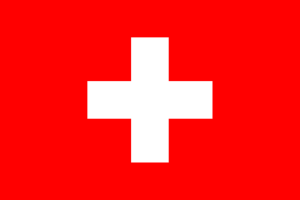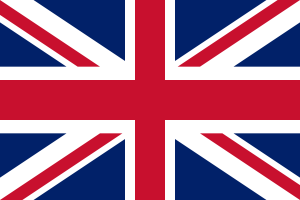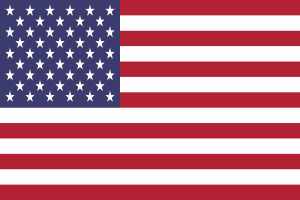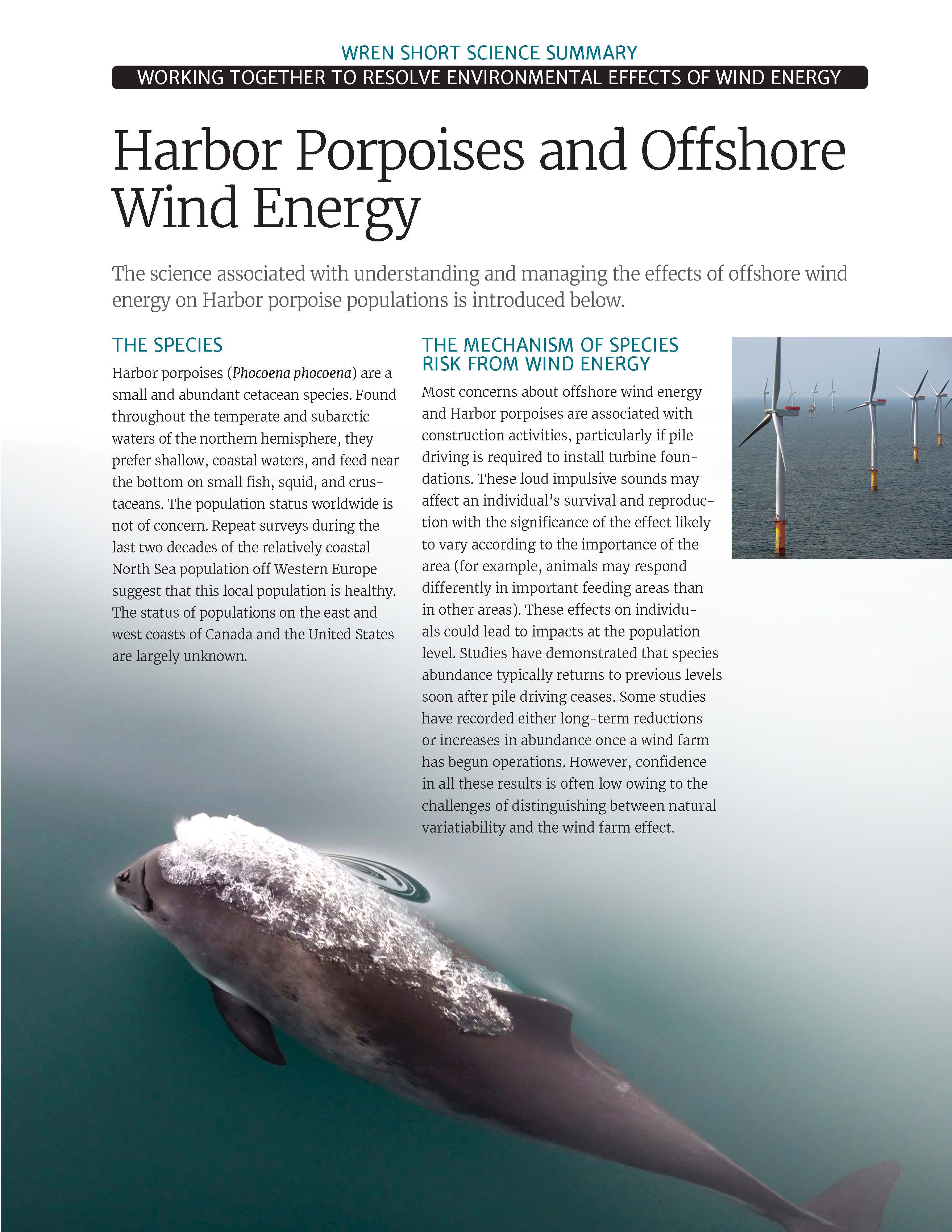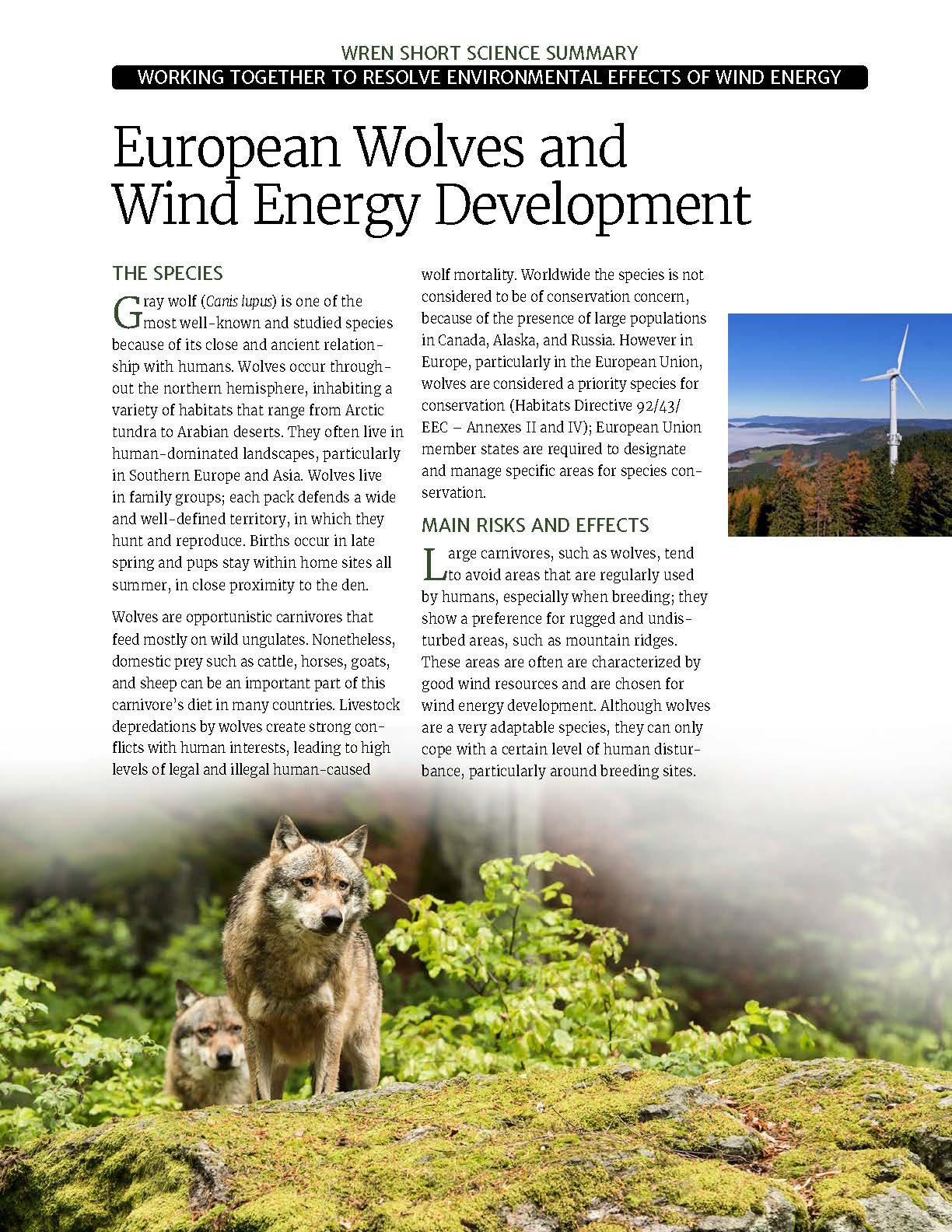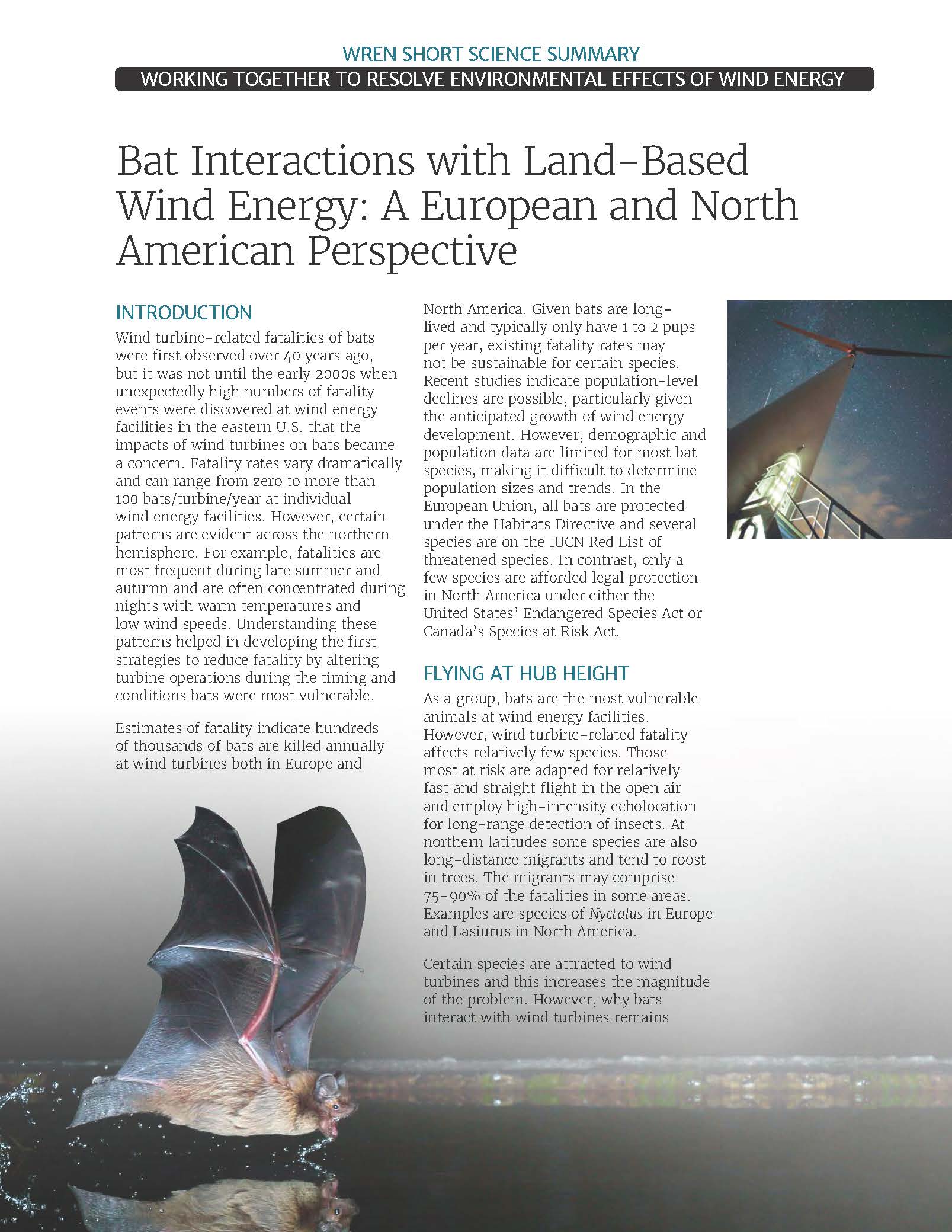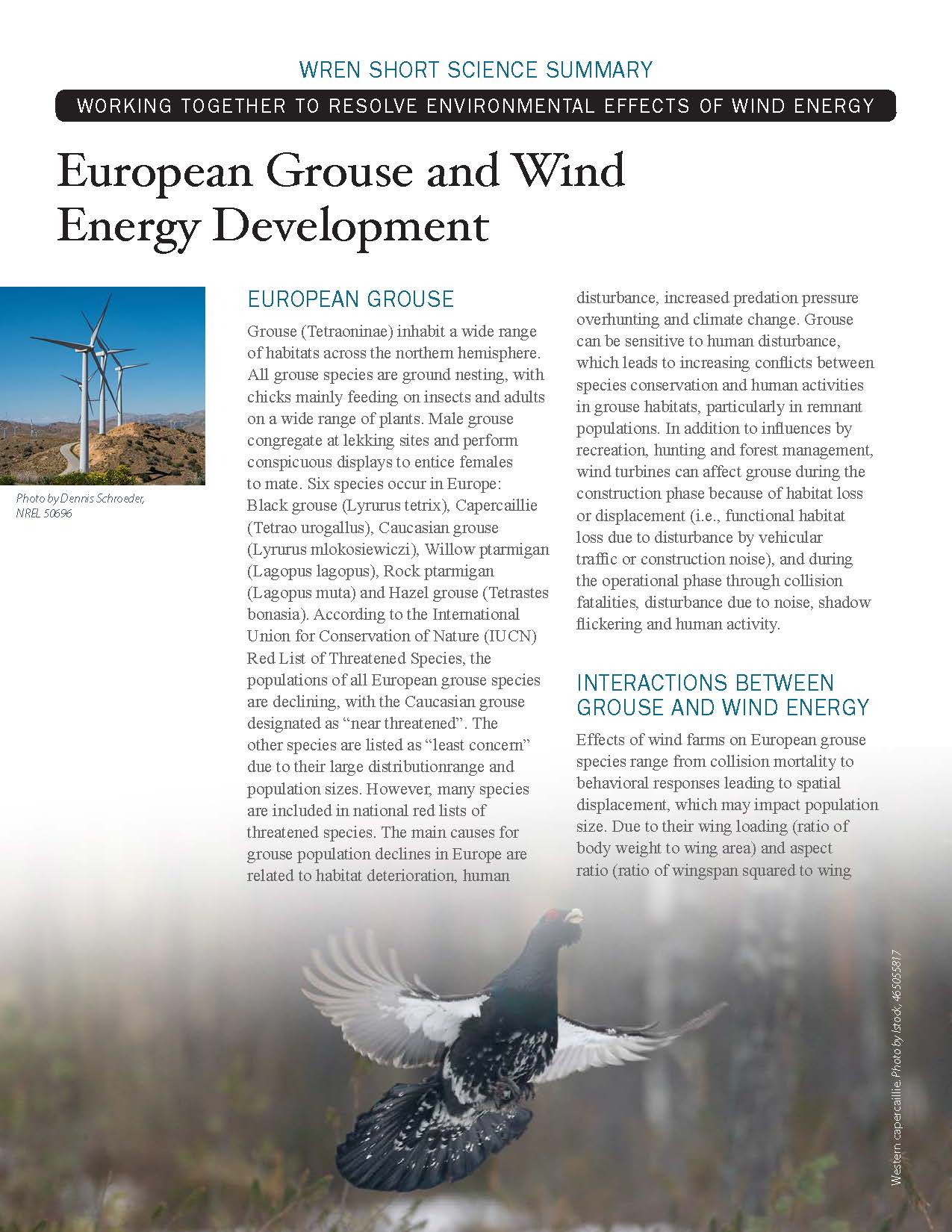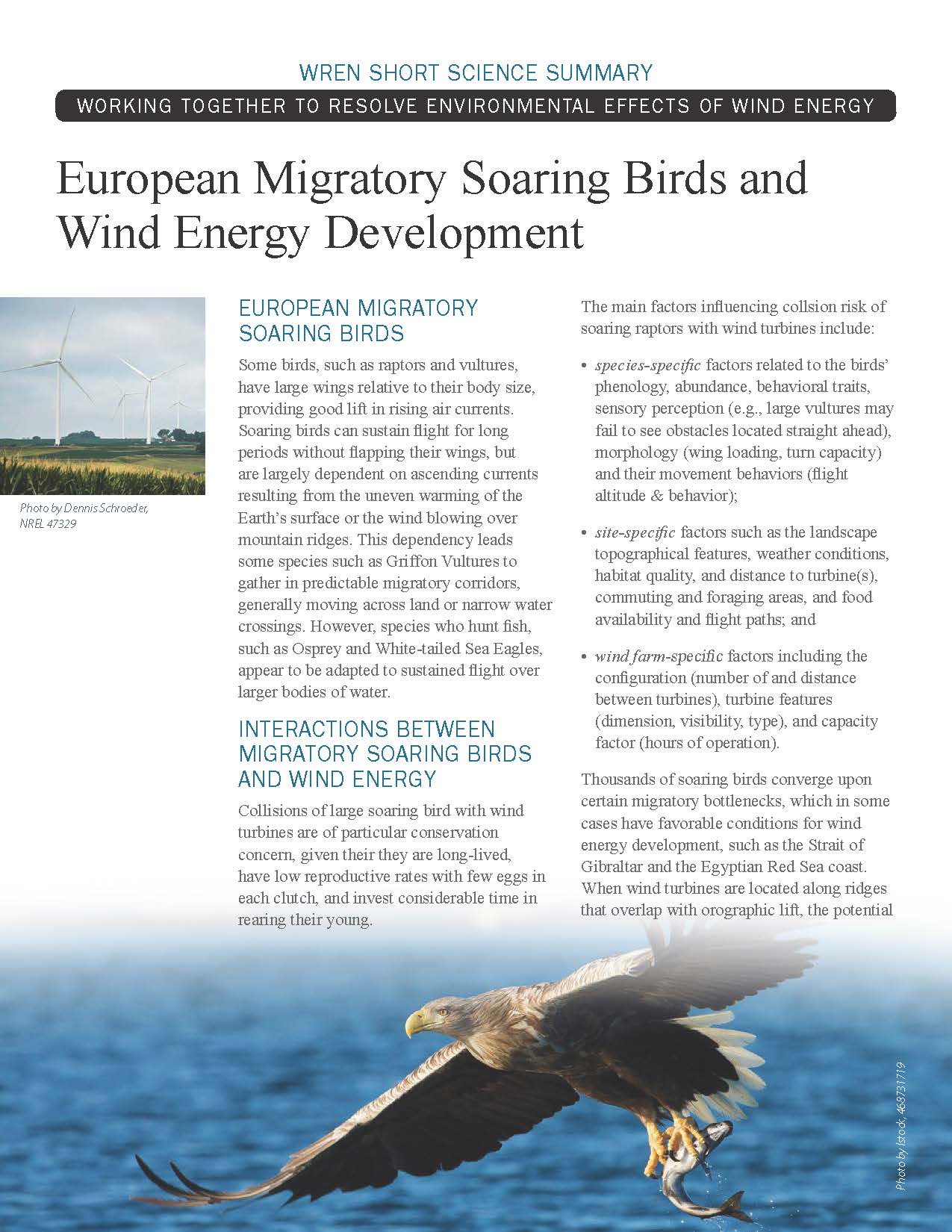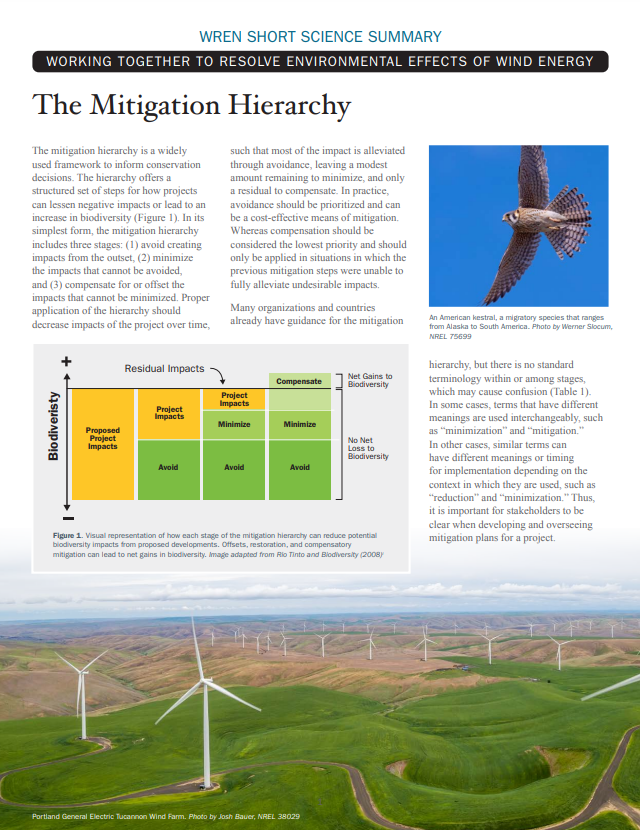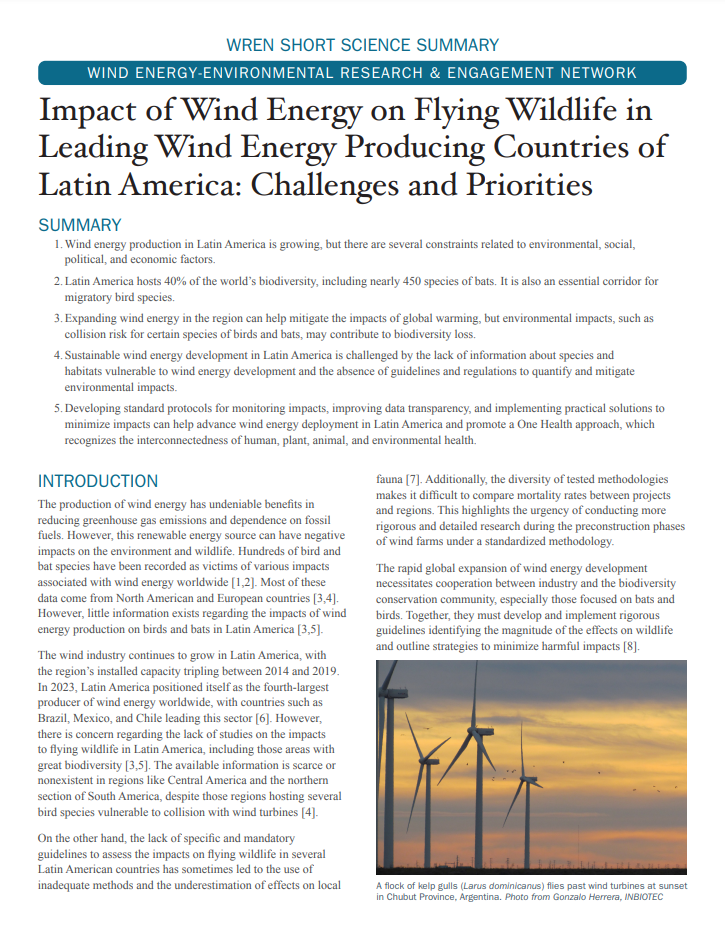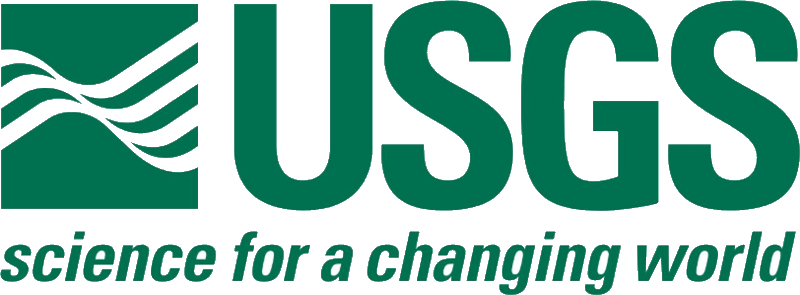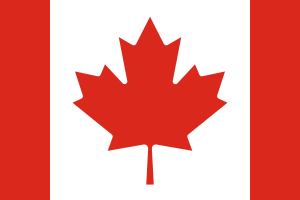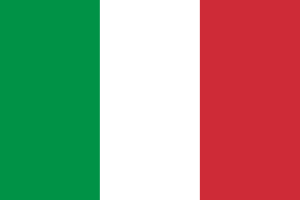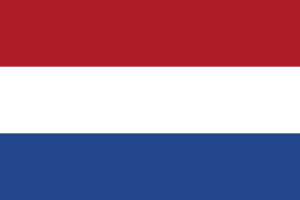WREN (Wind Energy-Environmental Research & Engagement Network), also known as Task 59, was established by the International Energy Agency (IEA) Wind Technology Collaboration Program in October 2024 to to focus on environmental issues associated with commercial development of land-based and offshore wind energy projects. Task 59 builds on the work conducted under Task 34 – Working Together to Resolve the Environmental Effects of Wind Energy, which operated from 2012–2024.
As the Task Lead for WREN, the United States (US) leads this effort with support from the National Renewable Energy Laboratory (NREL), the Pacific Northwest National Laboratory (PNNL), and the US Department of Energy's (DOE) Wind Energy Technologies Office (WETO).
The primary objective of WREN is to advance the coexistence of wind energy and the environment through international collaboration. Over the next 4 years, WREN will address the Environmental Co-design Challenges established in the Grand Challenges Revisited-Wind Energy Research Needs for a Global Energy Transition.
To support this effort, Tethys was expanded to serve as a collaborative outreach and engagement space, and to disseminate knowledge and information.
To access member-only material, visit the WREN Members Page.
Countries Currently Involved in WREN (7):
WREN White Papers & Publications
WREN is producing a series of white papers that address common problems facing wind and wildlife interactions, for which solutions are often elusive, and that do not fall within the purview of industry, regulators, or researchers. The list of white papers is available below. As each paper is produced, it will be made available on Tethys. Each white paper is also summarized into a 2-page fact sheet, also available on Tethys. The summaries are translated into additional languages, representing the WREN network. The following are completed or planned:
- 2016 Adaptive Management (Fact Sheet)
- 2018 Resolving Environmental Effects of Wind Energy
- 2019 Individual to Populations (Fact Sheet)
- 2020 Risk-Based Management (Fact Sheet)
- 2022 Cumulative Effects Analysis for Wind Energy Development
- 2022 International Assessment of Priority Environmental Issues
WREN Short Science Summaries
WREN seeks to summarize the current state of the science on interactions between wind energy development (land-based and offshore) and wildlife. A series of short science summaries are being prepared and made available for download on Tethys:
Wind Monitoring and Mitigation Technologies Tool
As part of its mission to support the global deployment of wind energy through a better understanding of environmental issues, WREN has created a free, online Wind Monitoring and Mitigation Technologies Tool to catalog technologies that assess and reduce potential wildlife impacts resulting from land-based and offshore wind energy development. WREN will continuously maintain and update the research status of technologies to ensure the international community has access to current, publicly available information on monitoring and mitigation solutions, their state of development, and related research on their effectiveness.
Offshore Wind Metadata
WREN partnered with the Tethys team to create a catalog of environmental monitoring at offshore wind project sites around the world. Each offshore wind farm lists a description, timeline, characterization of the environment, environmental monitoring reports, monitoring data, and details on monitoring conducted during baseline, construction, operation, and decommissioning. Information is vetted by project developers, when possible, and will be updated on an annual basis.
WREN Webinars
WREN hosts webinars on the environmental concerns that are of importance to the land-based and offshore wind energy industries, as a means to effectively disseminate new information and research efforts to a large international audience of stakeholders. You can sign up to receive invitations to webinars here.
Presentations from past wind energy webinars are hosted on Tethys, along with the associated video, as well as questions and answers. Visit the archive.
Knowledge Base and Map Viewer
Tethys has collected over 3,600 documents related to the environmental effects of wind energy (land-based and offshore). All documents are available in a table format via the Tethys Knowledge Base, which can be easily filtered to find documents relevant to specific searches such as document type, technology type, or environmental effect. Any documents related to a spatial location have been geotagged and made available on the Tethys Map Viewer (note: the Map Viewer contains only a subset of the documents available in the Knowledge Base).
Wind Energy in Latin America (Energía Eólica en Latinoamérica)
WREN launched a Wind Energy in Latin America (Energía Eólica en Latinoamérica) page on Tethys that highlights literature and resources focused on wind energy in Latin America, including WREN short science summaries and other documents available in Spanish.
WREN Meetings
As an international initiative with multiple countries participating, in-person meetings among WREN country representatives are an important aspect as we work together to achieve the goals of WREN. These meetings occur twice a year, often in conjunction with related international conferences. The following is a list of all WREN meetings:
- WREN 2024 Meeting - Virtual: 10, 17, & 31 January 2024
- WREN 2023 Meeting - Virtual: 22 May, 1 June, & 5 June 2023
- WREN 2022 Meeting - Virtual: 1 & 12 December 2022
- WREN 2022 Meeting - Virtual: 23 May and 2, 8, & 14 June 2022
- WREN 2021 Meeting - Virtual: 1, 2, & 8 December 2021
- WREN 2021 Meeting - Virtual: 2, 7, & 9 June 2021
- WREN 2020 Meeting - Virtual: 9 September 2020
- WREN 2020 Meeting - Virtual: 3, 9, 11 June 2020
- WREN 2019 Meeting - Washington DC, US: 22 October 2019
- WREN 2019 Meeting - Inverness, Scotland: 28-30 May 2019
- WREN 2018 Meeting - Tarifa, Spain: 6-8 November 2018
- WREN 2018 Meeting - The Hague, Netherlands: 23-25 May 2018
- WREN 2017 Meeting - Estoril, Portugal: 4-5 September 2017
- WREN 2017 Meeting - Gotland, Sweden: 14-15 June 2017
- WREN 2016 Meeting - Broomfield, US: 28-29 November 2016
- WREN 2016 Meeting - Dublin, Ireland: 4-5 April 2016
- WREN 2015 Meeting - Bern, Switzerland: 21-22 October 2015
- WREN 2015 Meeting - Berlin, Germany: 13 March 2015
- WREN 2014 Meeting - Denver, US: 2 December 2014
- WREN 2014 Meeting - Newcastle, UK: 15-16 May 2014
- WREN 2013 Kick-Off Meeting - Trondheim, Norway: 3-5 December 2013
WREN Partners
Tethys supports collaborative interactions among researchers, developers, regulators, and stakeholders for responsible development of wind energy. Notably, the IEA Wind’s WREN initiative is supported by Tethys. Below is a list of strategic project partners with WREN:
History of WREN
Task 59 – Wind Energy-Environmental Research & Engagement Network began in October 2024 and builds on the work of Task 34.
Task 34 – Working Together to Resolve the Environmental Effects of Wind Energy operated from 2012–2024.
Task 59 – Wind Energy-Environmental Research & Engagement Network (2024–2028)
Phase 1: 2024-2028
The primary objective of WREN is to advance the coexistence of wind energy and the environment through international collaboration. Over the next 4 years WREN will address the Environmental Co-design Challenges established in the Grand Challenges Revisited-Wind Energy Research Needs for a Global Energy Transition.
Partner Nations (7):
Task 34 – Working Together to Resolve the Environmental Effects of Wind Energy (2012–2024)
Phase 3: 2020-2024
The objective for the third phase of WREN was to assess the global state of the science related to the environmental effects of both offshore and land-based wind energy development. Over the course of the third phase, WREN : (1) Identified priority international needs for further research related to the environmental effects of wind energy development; (2) Aggregated, synthesized, and disseminated information on the global state of the science on high-priority issues and recommended practices within the wind energy industry; and (3) Assessed the technical readiness and effectiveness of solutions and explore the feasibility of transferring technologies and methodologies among jurisdictions.
Partner Nations (13):
Phase 2: 2016-2020
The second phase of WREN included the expansion of Tethys, development of several white papers, continuation of the webinar series, and outreach and engagement efforts. All these activities were aimed at contributing to supporting the expansion of land-based and offshore wind energy deployment.
Partner Nations (10):
Phase 1: 2012-2016
The goal of WREN was to facilitate international collaboration that advances global understanding of environmental effects of offshore and land-based wind energy development, though the formation of a community of practice around research, monitoring and management of the environmental effects of wind energy development. Two key products were developed during phase 1: 1) Tethys was expanded to include land-based wind and host WREN activities and 2) a white paper focused on adaptive management.
Partner Nations (7):
Contact Information
Any questions related to WREN can be directed to the following individuals, who are leading the initiative:
- Cris Hein, National Renewable Energy Laboratory
- Hayley Farr, Pacific Northwest National Laboratory
- Joy Page, U.S. Department of Energy

